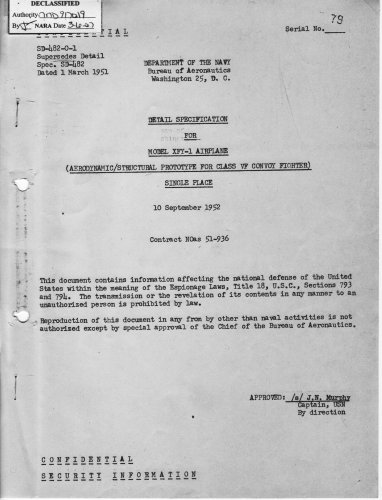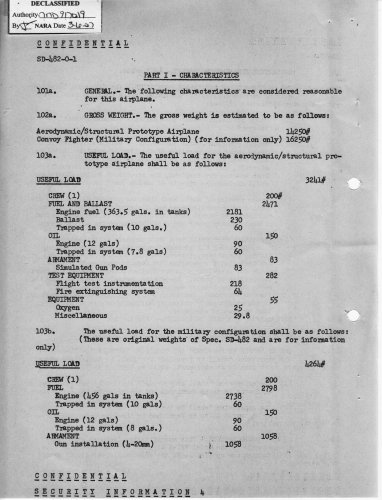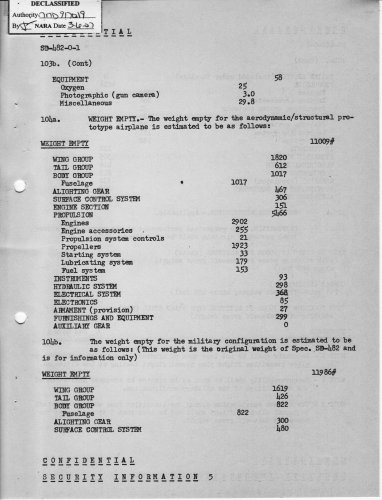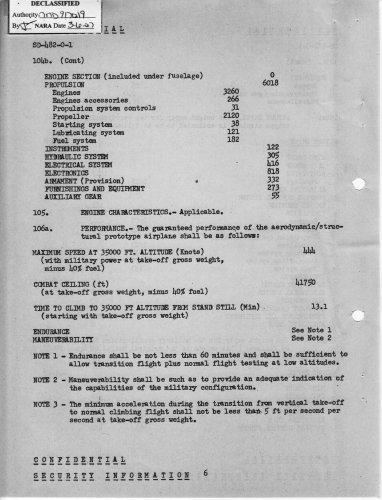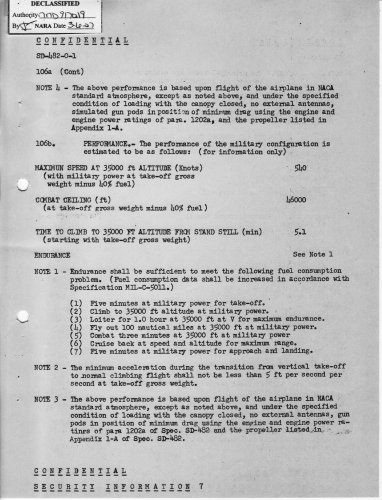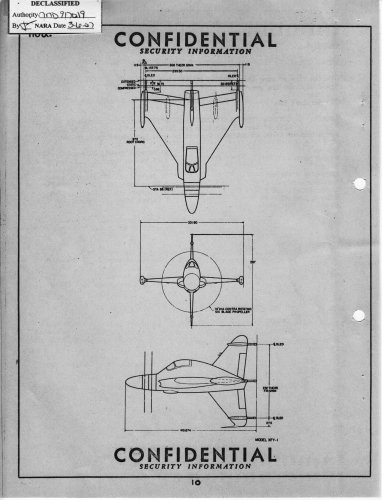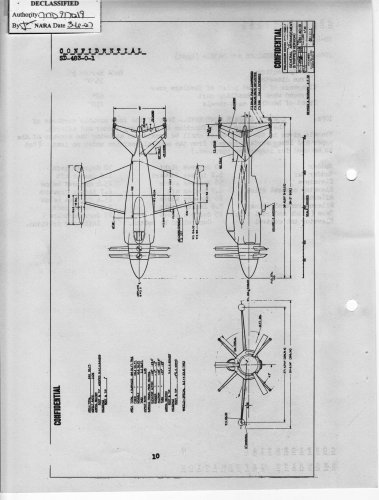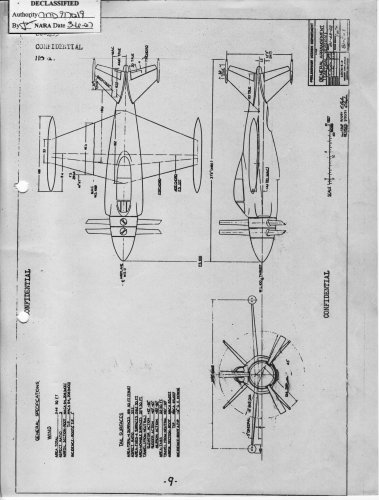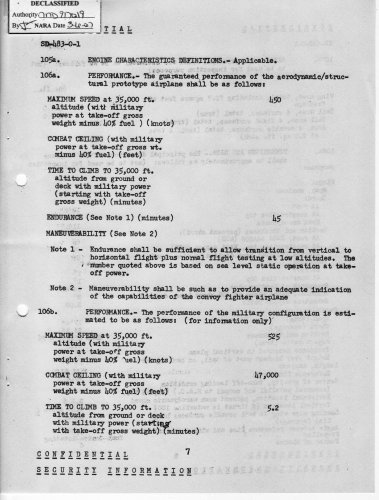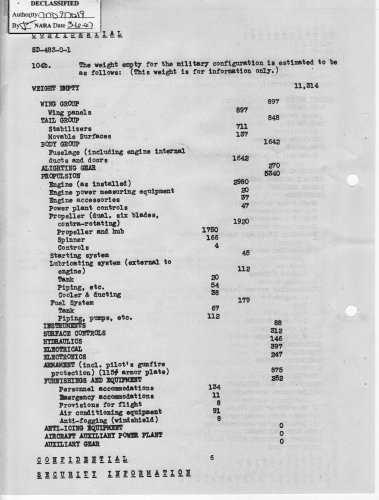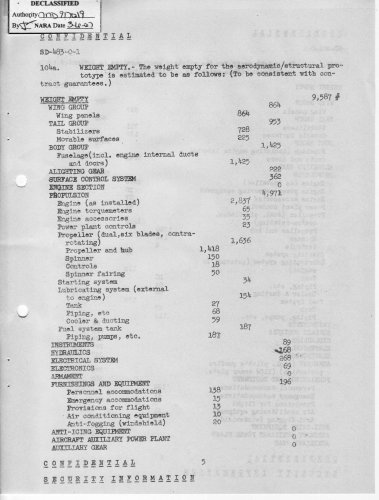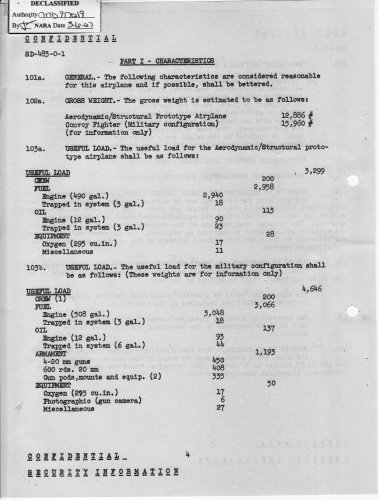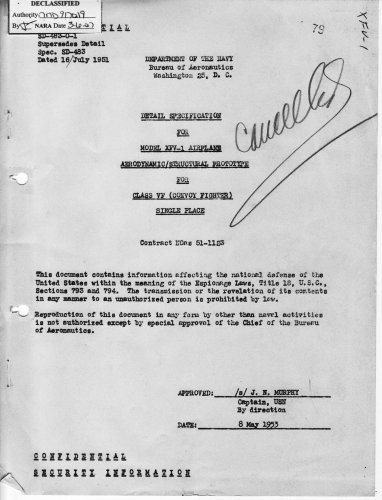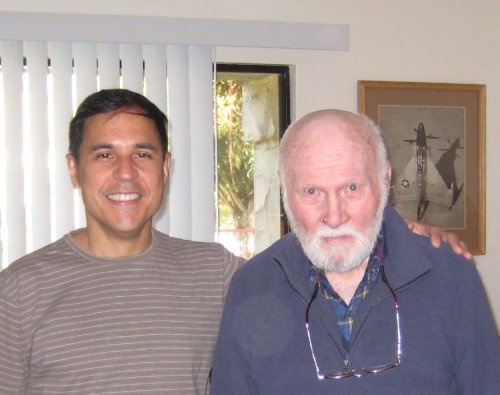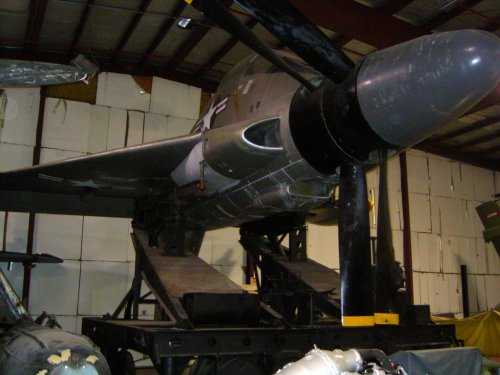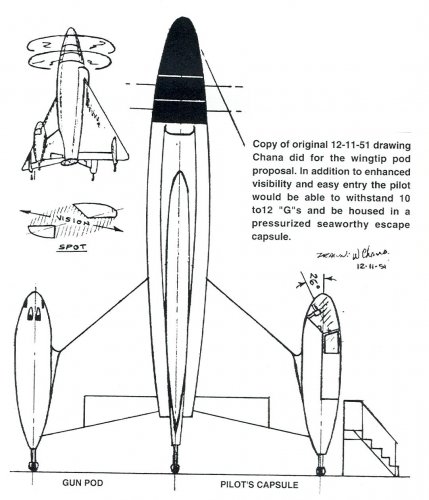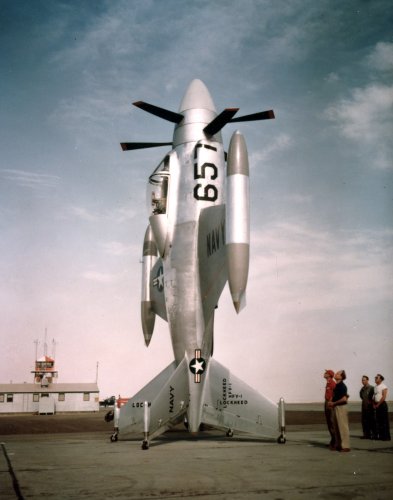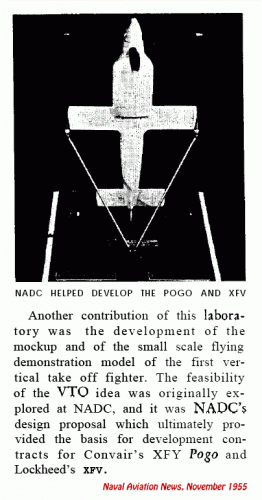I where read that (precisely I do not remember), that in competition participated ten firms:
1) Convair Model 5--------------XFY-1
2) Lockheed Model 081-40-01---------XFV-1
3) Goodyear Model GA-? (or ?)
4) Martin Model 262
5) Northrop Model 63A
6) ? Model ?
7) ? Model ?
8) ? Model ?
9) ? Model ?
10) ? Model ?
1) Convair Model 5--------------XFY-1
2) Lockheed Model 081-40-01---------XFV-1
3) Goodyear Model GA-? (or ?)
4) Martin Model 262
5) Northrop Model 63A
6) ? Model ?
7) ? Model ?
8) ? Model ?
9) ? Model ?
10) ? Model ?

